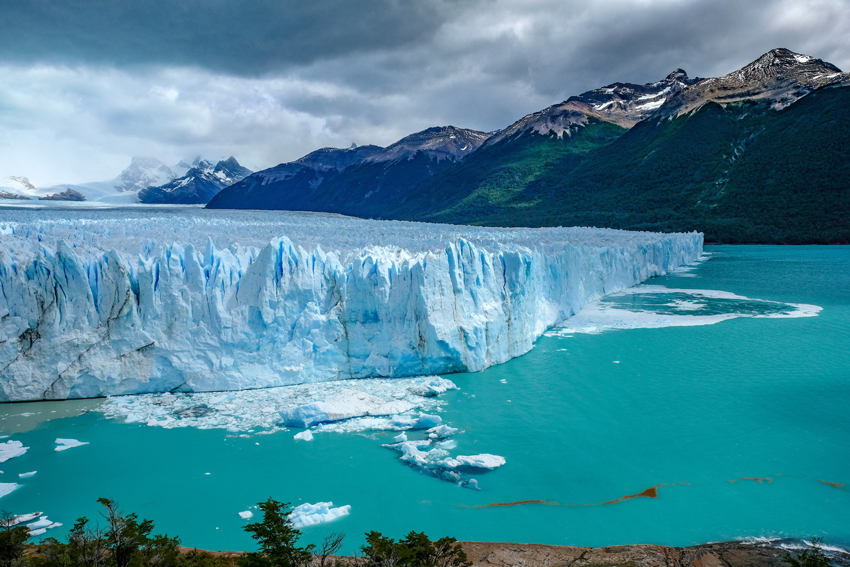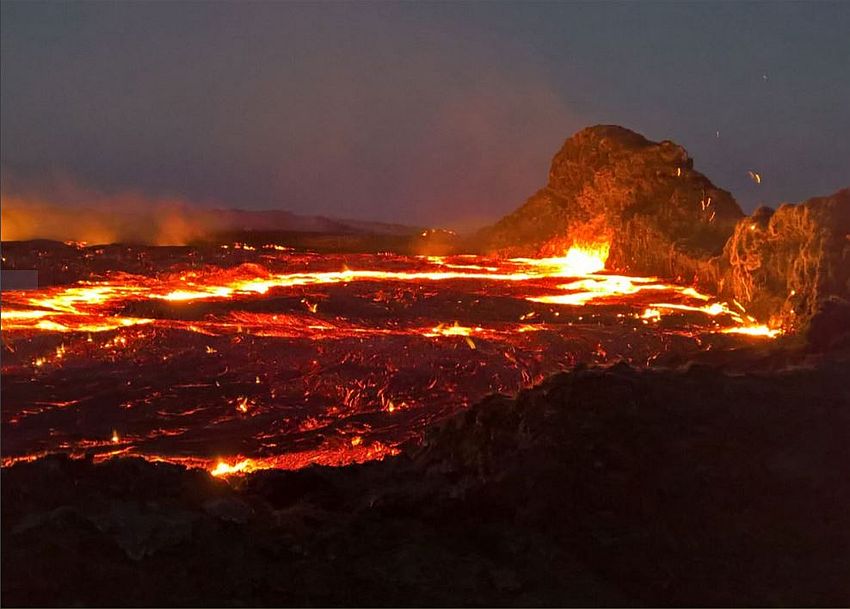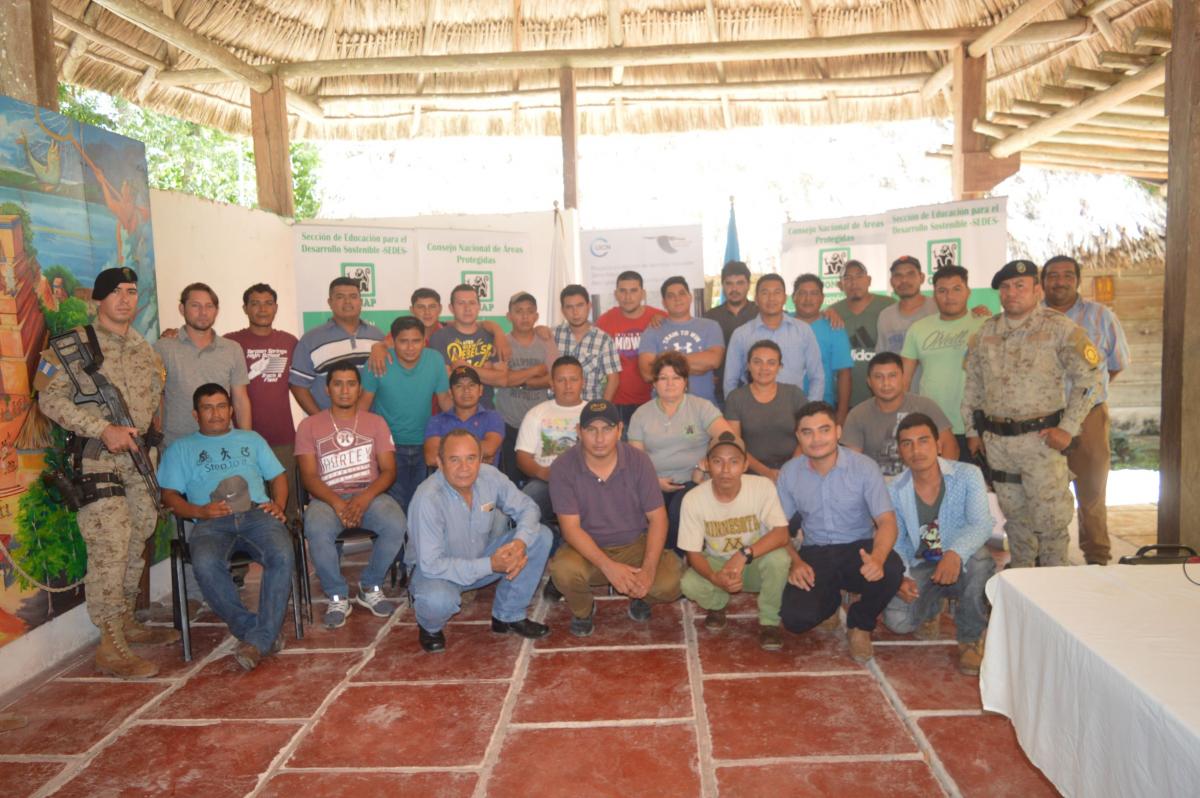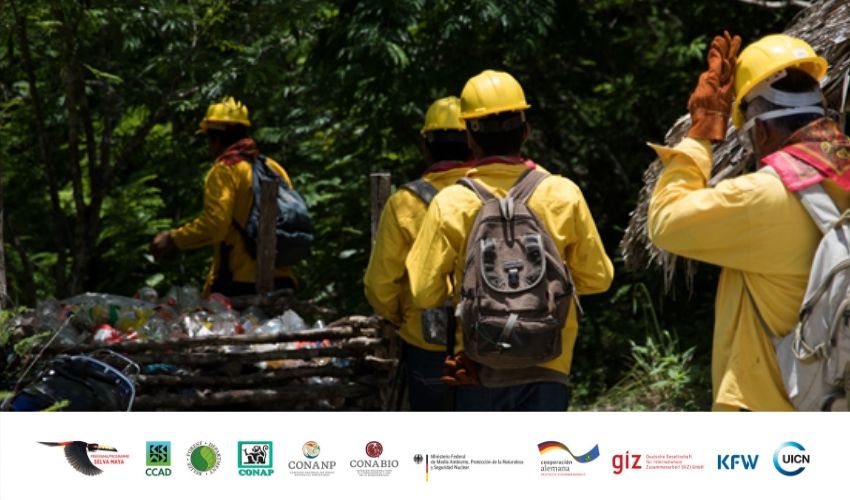New IUCN report assesses potential for more geological World Heritage
Leading experts assess the potential for future inscriptions of geological World Heritage sites, in a new IUCN report launched today at UNESCO’s World Heritage Committee meeting.

Los Glaciares National Park, Argentina
Photo: Hans-Jürgen Weinhardt on Unsplash
The report, Geological World Heritage, is an analysis of the World Heritage List based on 11 geological themes. It identifies potential new areas that could be added to the list. The themes range from fossil sites, volcanoes, cave systems and mountains, to coastal and marine systems, as well records of major meteorite impacts that have shaped our planet’s history.
“The geological events during 4.6 billion years of Earth’s history tell the amazing story of how life evolved and how our landscapes and seascapes function – they are part of our common heritage”, says Tim Badman, Director of IUCN’s World Heritage Programme. “This new IUCN study provides clear scientific guidance, and pragmatic advice, on how the World Heritage List can itself evolve to fully represent the geodiversity of our planet.”
The World Heritage List now includes 1153 sites of outstanding universal value, 93 of which are recognised – in part or in full – for their geological values. This heritage includes the most exceptional places that record the geological history of planet Earth, life and evolution, and the physical processes that shape our landscapes.
Examples of geological World Heritage sites include Wadi Al-Hitan (Whale Valley) in Egypt, which shows records of the transition of whales from land-based to ocean-going mammals. Unique decorated lava tube caves are found on Jeju Volcanic Island in the Republic of Korea, while in the high altitudes of Argentina’s Los Glaciares National Park the landscape is shaped by massive, ongoing glaciations.
The report however highlights that important geological values, which tell the “big stories” of Earth’s history and would deserve global recognition, are currently missing or underrepresented on the World Heritage List.
For instance, there is potential for more World Heritage sites testifying to the history of mass extinctions and of past episodes of rapid climate change. Giving World Heritage status to outstanding areas that show evidence of past global change would help put present and future change into context, and thus boost our understanding of current environmental challenges.
The report also highlights that the World Heritage List does not yet fully represents globally significant geological heritage of certain regions, such as Africa, the Arab States and Latin America. Its recommendations aim to help States Parties identify geological areas that have a strong potential as candidate sites to the World Heritage List. The nomination of new sites follows a rigorous process under the World Heritage Convention and each site proposed for inscription is subject to evaluation.
World Heritage status is not the only means to provide global recognition for geoheritage, however. Geological sites can also be designated as UNESCO Global Geoparks. The report provides guidance on how both these international designations can complement each other.
Prepared with the financial support of the Republic of Korea’s Cultural Heritage Administration, Geological World Heritage updates a previous IUCN study on geological World Heritage from 2005. As the official advisor on nature within the World Heritage Convention, and working with partners across the geological community, IUCN’s World Heritage Programme will help put into action the report's recommendations.
UNESCO’s 44th session of the World Heritage Committee is currently taking place online and in Fuzhou, China.



